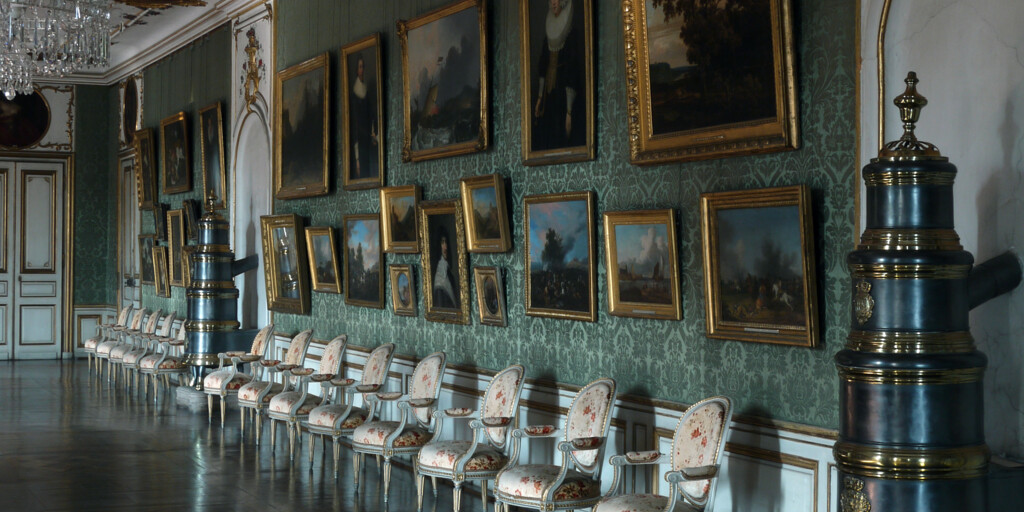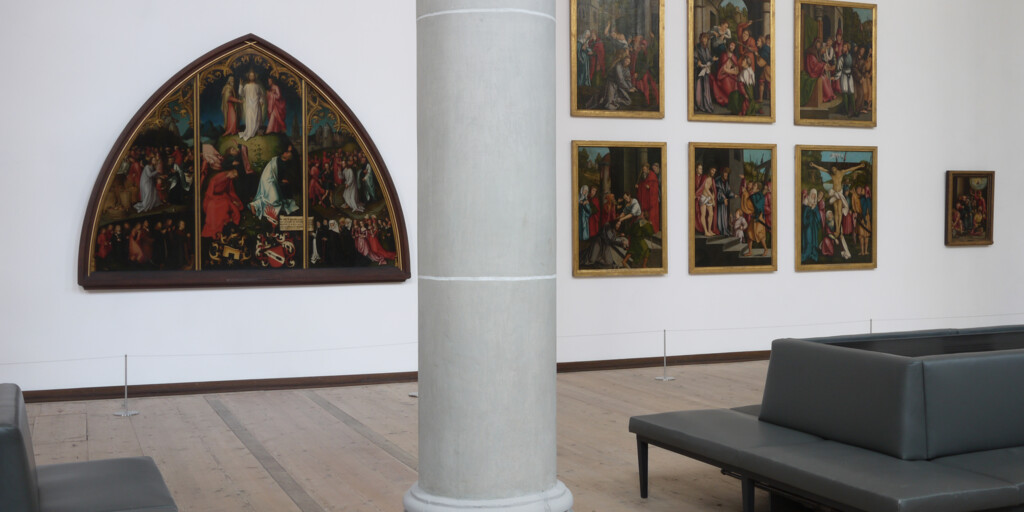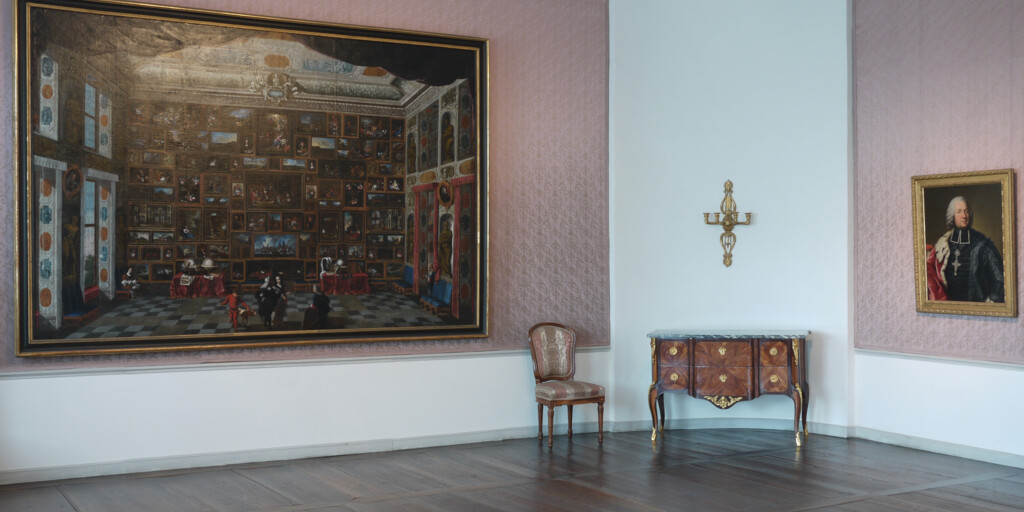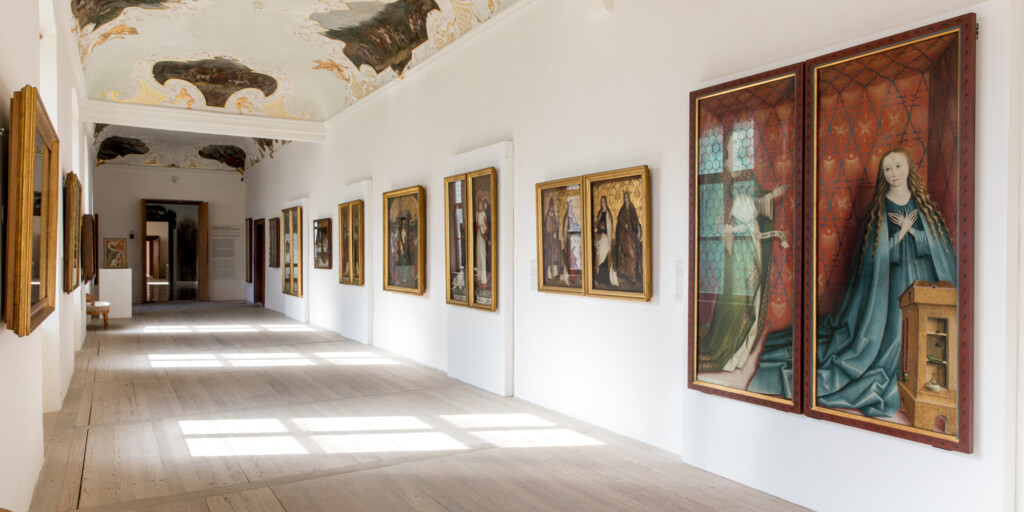Every year, hundreds of thousands of visitors from all over the world flock to the Pinakotheken in Munich. However, few people know that the high-calibre holdings of this unique collection extend far beyond the city. The treasures of the Pinakotheken can be explored in their 12 branch galleries, which are located all over Bavaria. The sites of the galleries, which can be found in old castles, magnificent residences and palace complexes, display superb works within their stately walls. The branch galleries reflect the enormous diversity of the collection.
With the Online Collection, the Bayerische Staatsgemäldesammlungen have been making their entire holdings accessible since 2017: 25,000 works of art in Bavaria, Germany and Europe on one platform! It is thus possible for all interested parties to gain an overview not only of the works of art on display in the Munich houses and the state galleries in Bavaria, but also of the deposited holdings (17,000 works) and more than 4,000 permanent loans from the Munich holdings, which are located in more than 400 locations, some of them in institutions open to the public.












